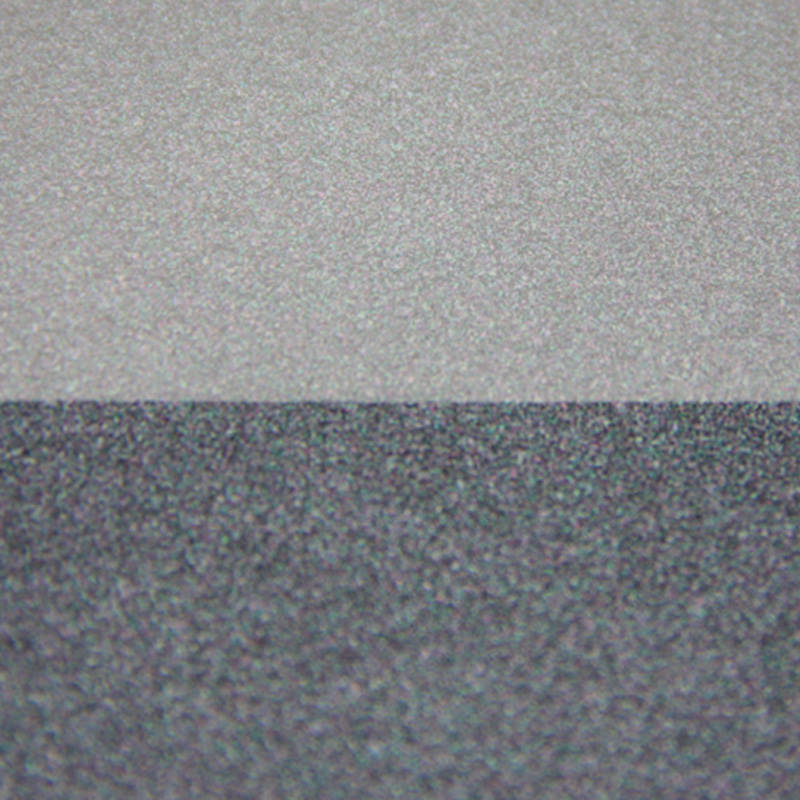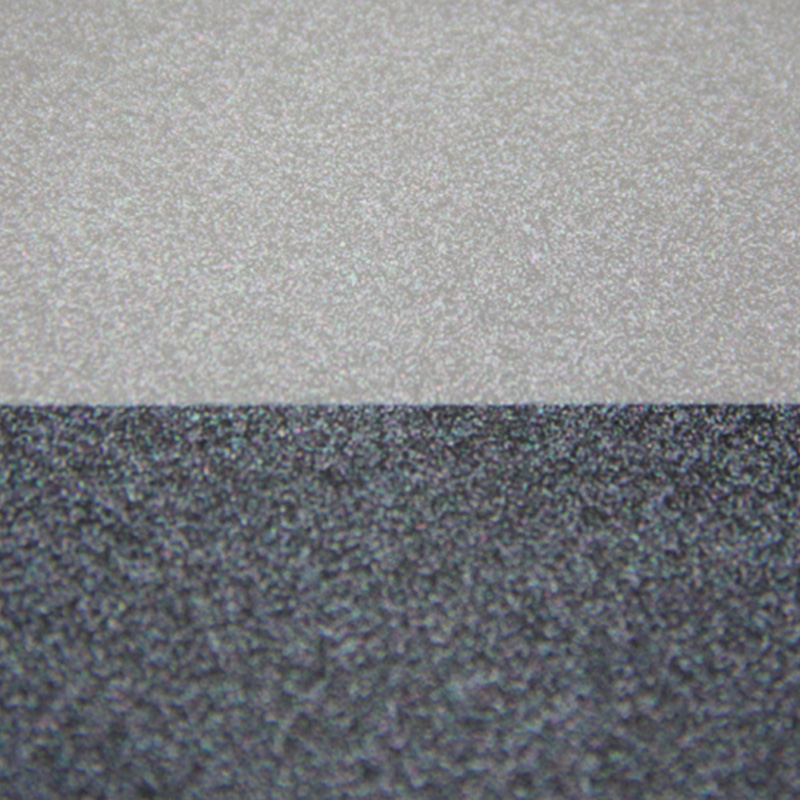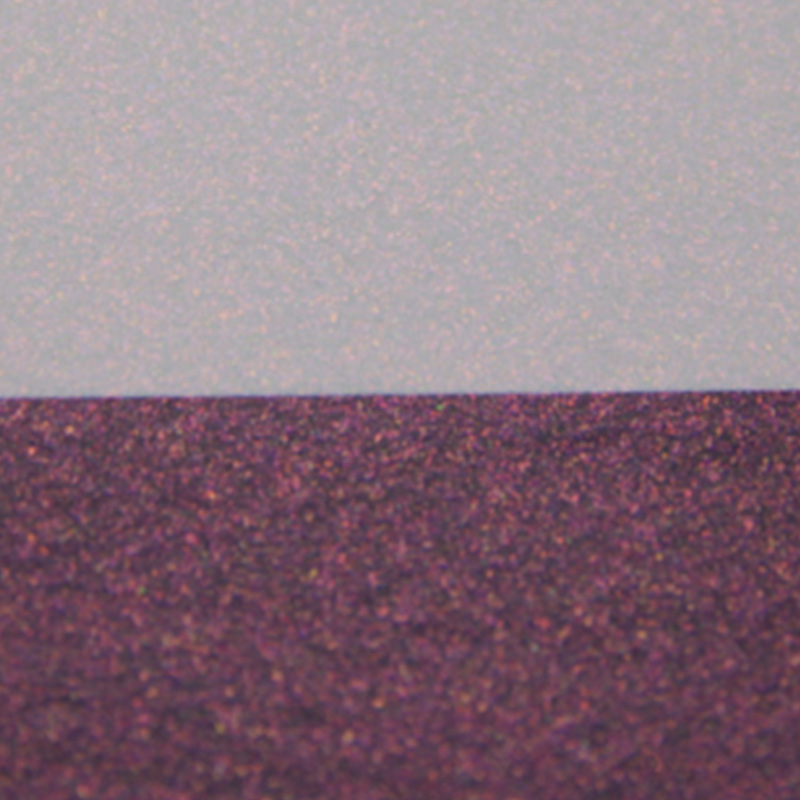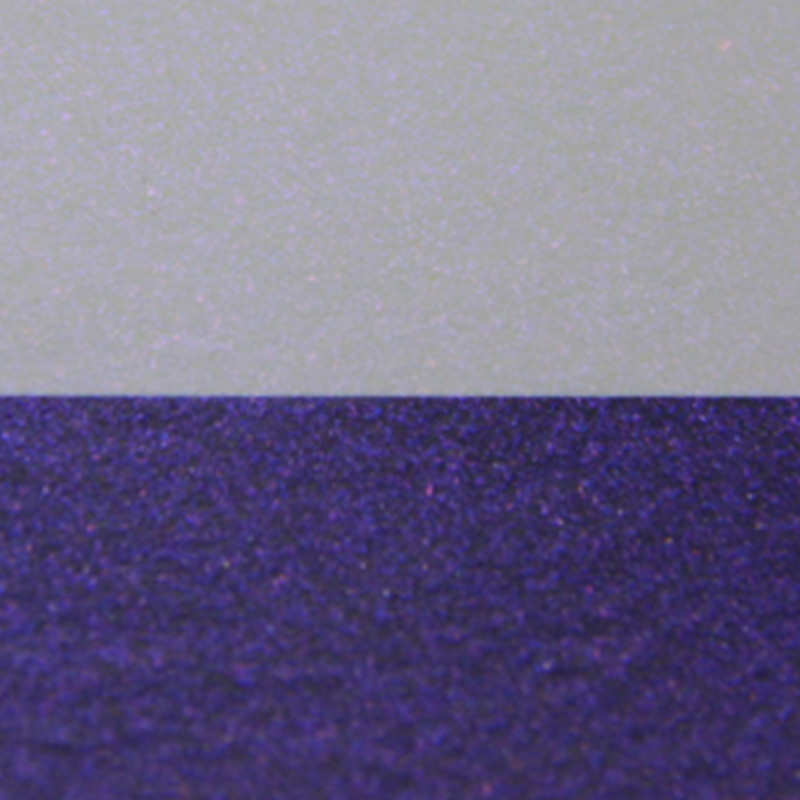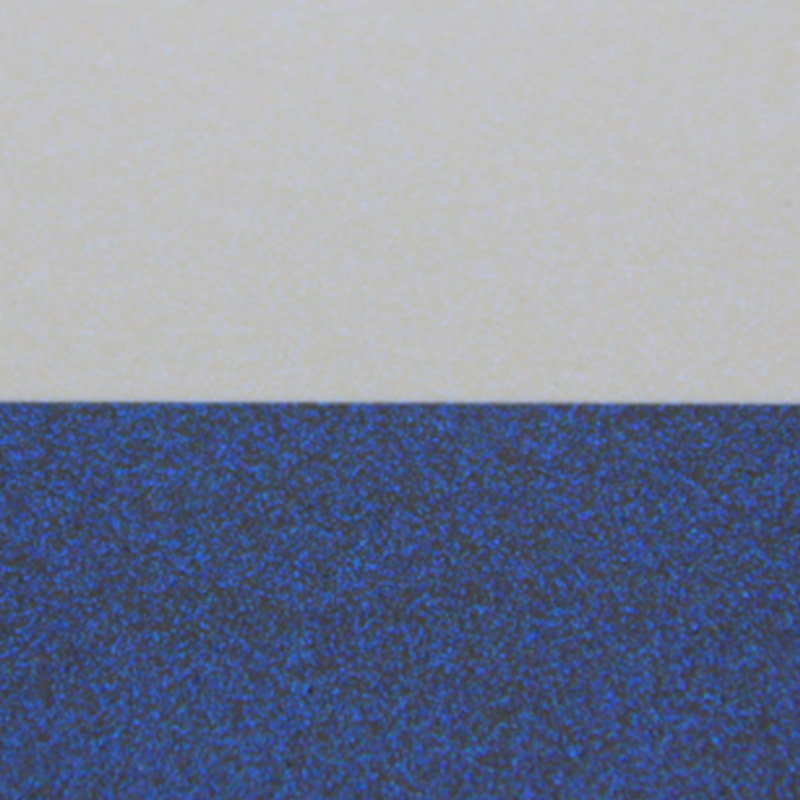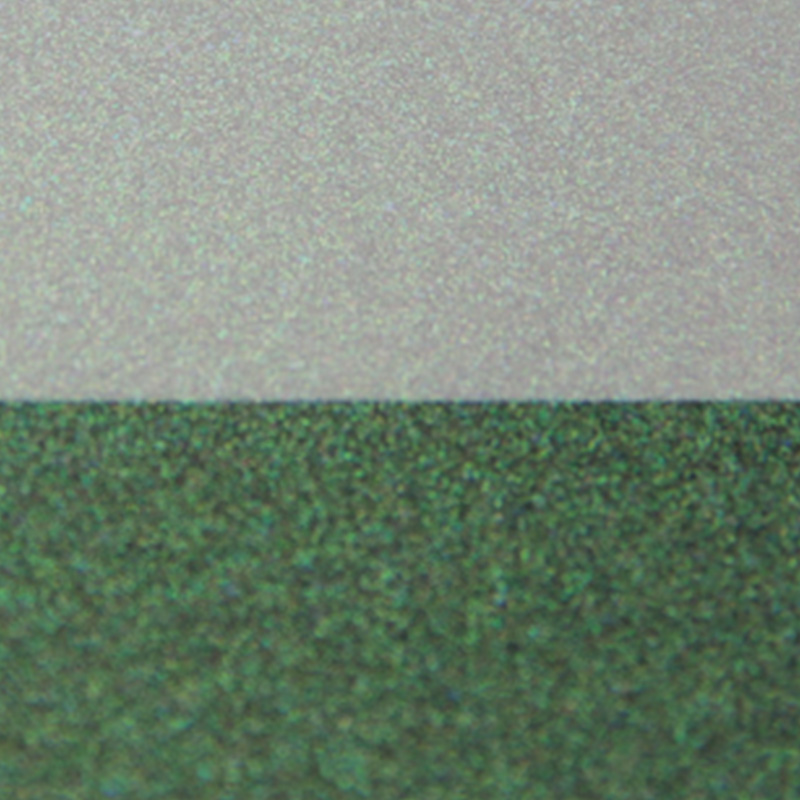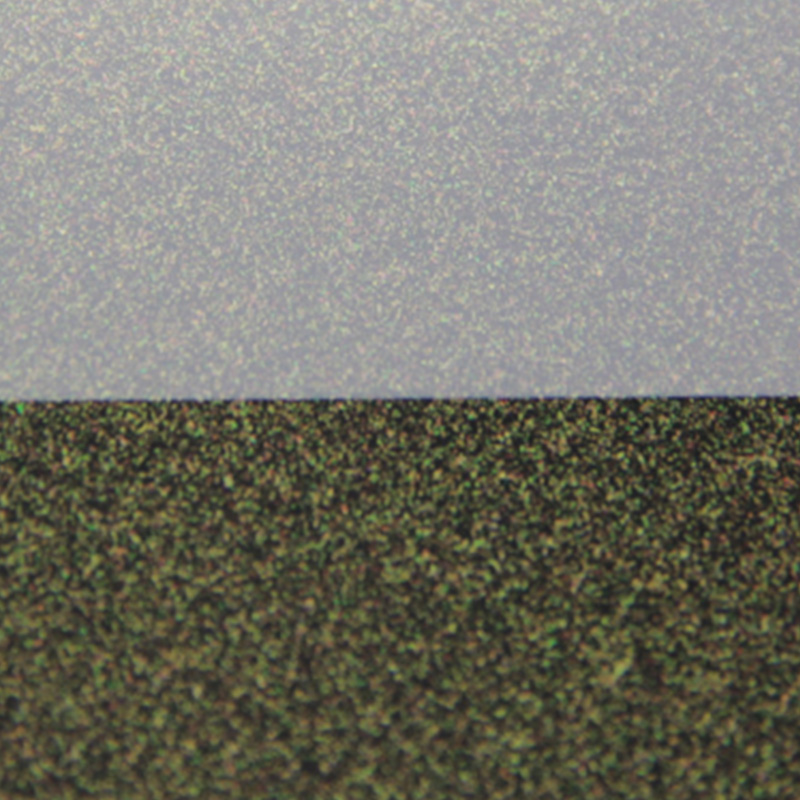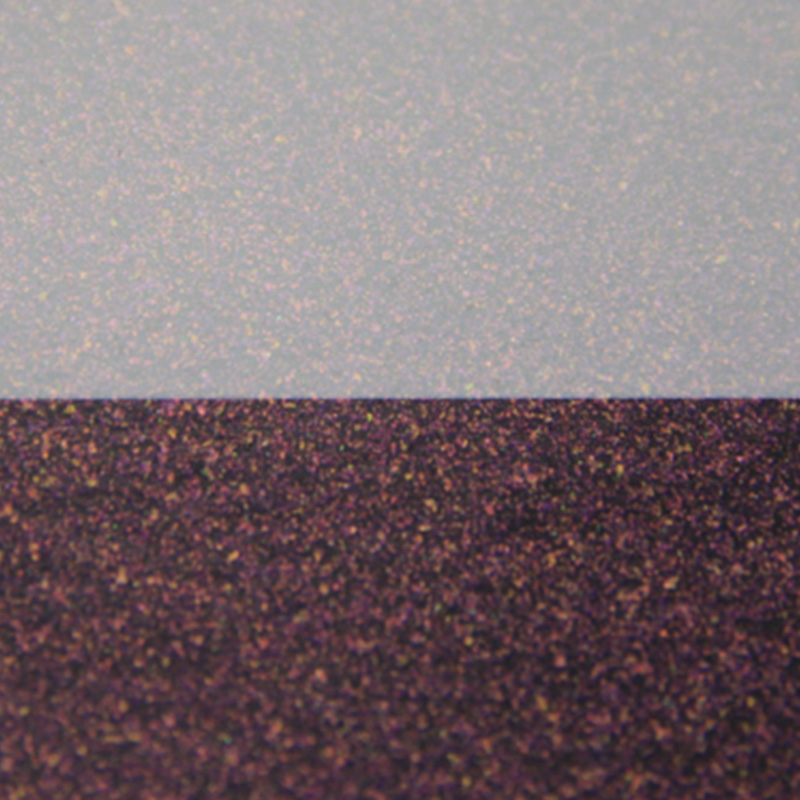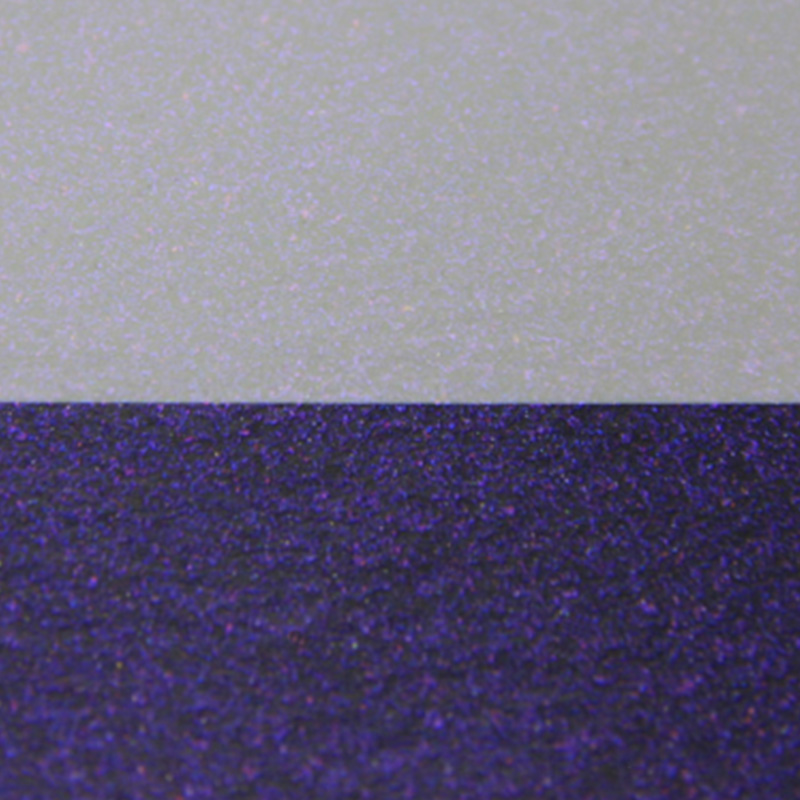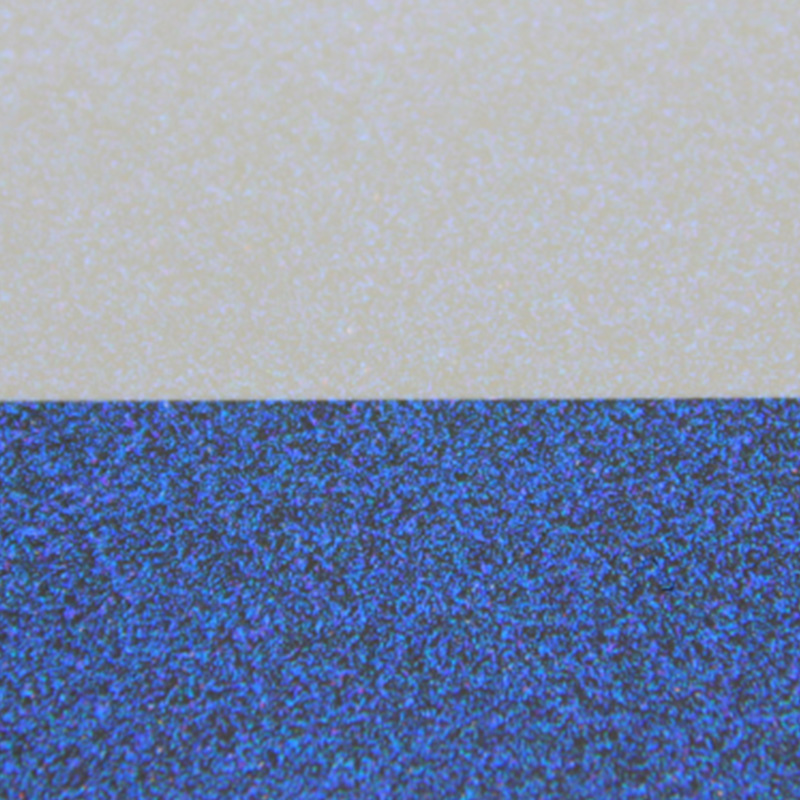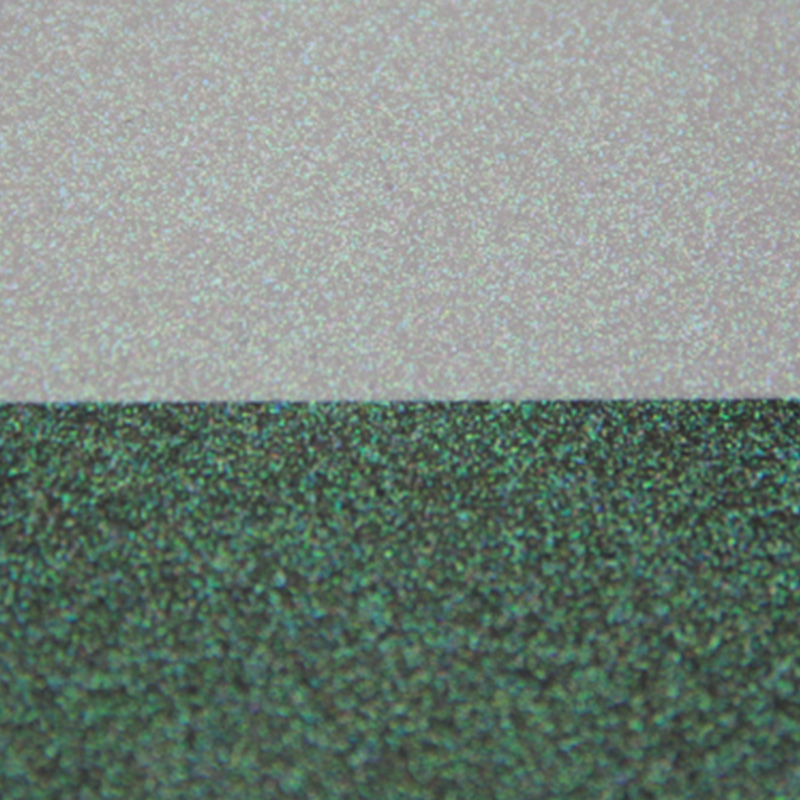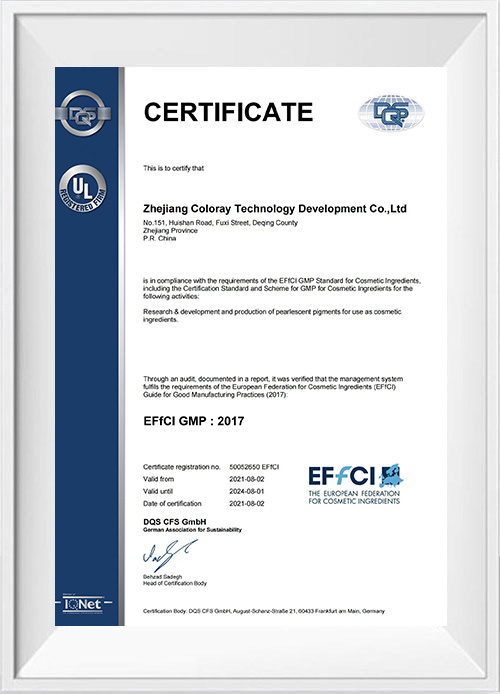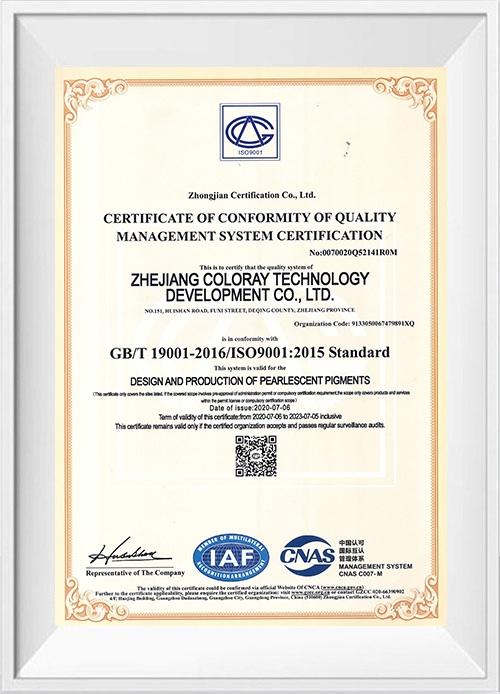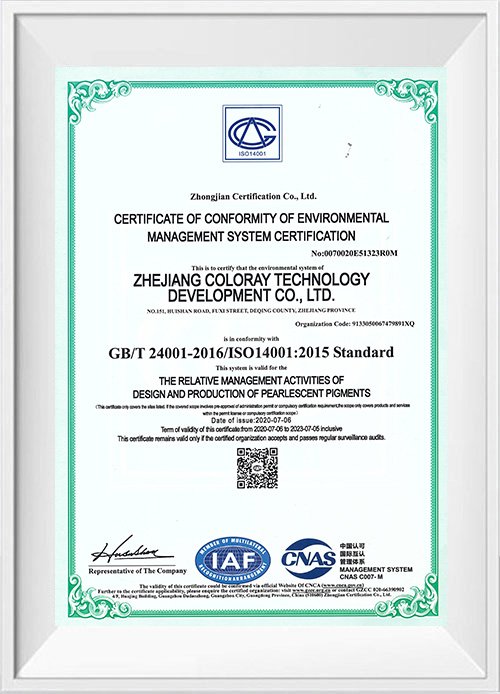Why do diamond effect pearl pigments use fine particles and uniform particle distribution?
The reason why diamond effect pearl pigments use fine particles and uniform particle distribution involves several key factors, which directly affect the optical effect, decorative effect and overall quality of the pigment in the application. The following will explore in detail why fine particles and particle distribution are crucial to diamond effect pearl pigments and explain their role and advantages in different application areas.
Enhanced optical effect: One of the core design goals of diamond effect pearl pigments is to imitate the optical effect of diamonds, that unique sparkle and refraction. Small particles are able to reflect and refract light more effectively. This is because the particle size is close to the wavelength of light, making the light more effective when reflected on its surface. This effect makes the pigment show a variety and dynamic changes in color under different lighting conditions, similar to the sparkle effect of the diamond surface.
Surface uniformity and smoothness: Fine particles help fill in the tiny bumps and unevenness of the coating or product surface, which can make the surface smoother and more uniform. This uniformity not only improves the appearance and texture of the pigment, but also enhances the reflection effect of light, making the overall gloss more uniform and lasting.
Optical performance at multiple angles: Due to the small size and uniform distribution of particles, diamond effect pearl pigments can show complex optical effects at different viewing angles and lighting conditions. This multi-angle performance allows the pigment to not only show a bright luster under direct light, but also maintain a certain degree of reflection and transparency when viewed at low angles or from the side, increasing the visual appeal of the product.
Control of color and transparency: The fine particles can better control the color and transparency of the pigment. When light passes through the pigment, the fine particles help to produce a complex refraction effect, making the pigment show a diamond-like transparency and color change. This control of color and transparency allows diamond effect pearl pigments to achieve the desired effects of designers and manufacturers in different applications.
Wide application and adaptability: Due to the ability of fine particles to adapt to different types of substrates and product surfaces, diamond effect pearl pigments are widely used in cosmetics, plastics, coatings and other fields. The small size and uniform distribution of these particles allow the pigment to form a consistent optical effect on different material surfaces, thereby enhancing the decorativeness and market competitiveness of the product.
Ease of manufacturing and handling: Fine particles are usually easier to control and process during manufacturing and handling, which can ensure the stability and consistency of the pigment. Manufacturers can adjust the size, shape and distribution of particles through precise technology and processes to meet market demand and customer specific requirements. This convenience not only improves production efficiency, but also ensures the stability of product quality and performance.
How to make the surface of diamond effect pearl pigment smoother and more uniform?
To make the surface of diamond effect pearl pigment smoother and more uniform, the following methods and technologies are usually adopted:
Selecting fine and uniform particles: Selecting fine particles is the key in the pigment manufacturing process. These particles should be of similar size and shape to ensure that they can be evenly distributed throughout the pigment and fill the tiny bumps and bumps on the surface.
Controlling particle distribution and dispersion: During the manufacturing process, the distribution and dispersion of particles are controlled by precise technology and equipment. Uniform particle distribution can ensure a consistent coverage layer on the coating or product surface, thereby improving smoothness and uniformity.
Surface treatment and lubricants: During the pigment preparation process, special surface treatment techniques or lubricants can be used to make the particle surface smoother. This helps to reduce friction and irregularities between particles, thereby improving the overall surface quality.
Particle size analysis and screening: Particle size analysis and screening of the prepared pigments ensure that the size and distribution of the particles meet the design requirements. Accurate particle size control helps optimize the optical properties and application characteristics of the pigment.
Use high-quality raw materials: Select high-quality, high-purity raw materials to prepare particles, which can reduce the content of impurities and irregular particles, and improve the overall quality and surface smoothness of the pigment.
Product testing and optimization: After manufacturing is completed, rigorous product testing and optimization are carried out to verify the smoothness and uniformity of the pigment. According to the test results, the manufacturing process is adjusted to further improve the surface quality and consistency of the product.
